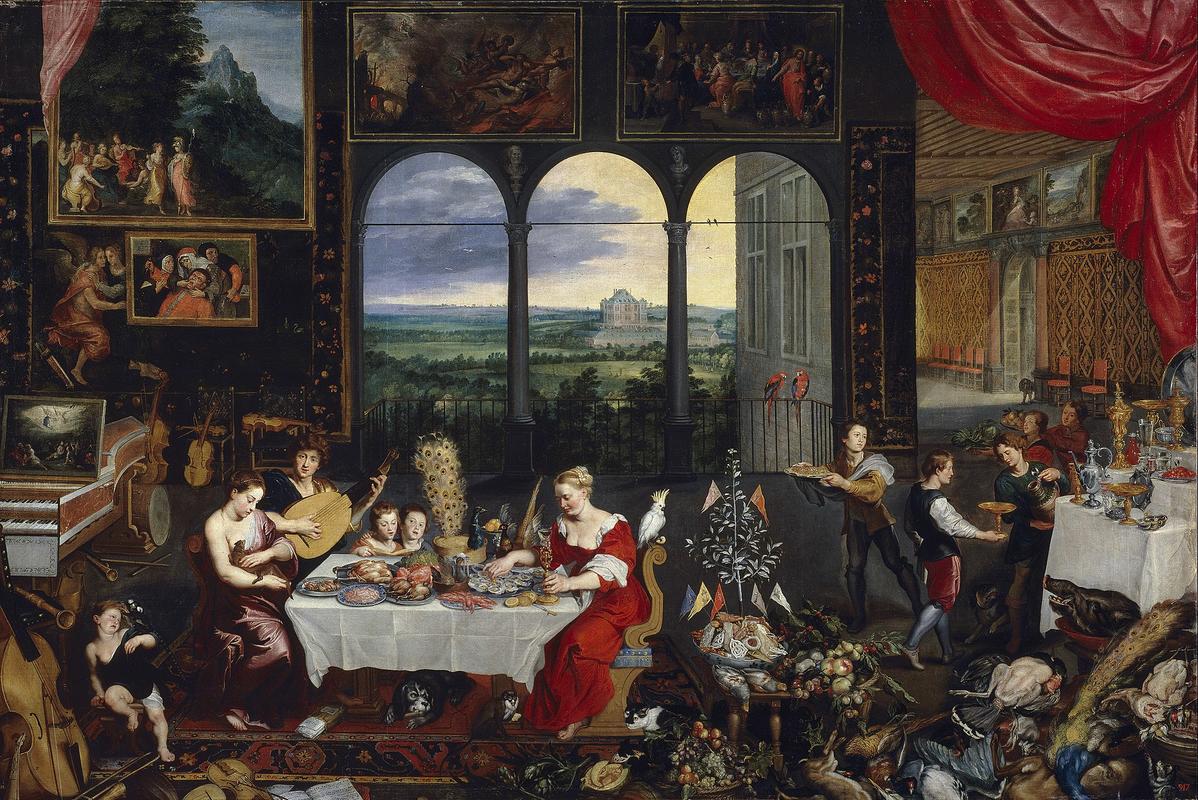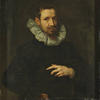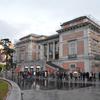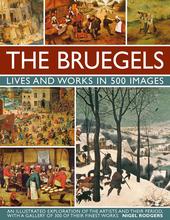More about Taste, Hearing and Touch
- All
- Info
- Shop

Contributor
The Senses of Hearing, Touch and Taste, by Jan Brueghel the Elder and a team of other artists, shows that sometimes, all you need is a good talent show.
In 1618, the city magistrates of Antwerp did just that, commissioning Jan Brueghel the Elder and several other major local painters, including Rubens, Frans Snyders, Sebastiaen Vrancx, Hendrick van Balen, Gerard Seghers, Frans Francken the younger, and Josse de Momper the younger, to produce two works demonstrating their skills for the Archduke Albert and Archduchess Isabella. Albert and Isabella were the regents of the Netherlands on behalf of the House of Habsburg, who called shots all over Europe for several generations, especially in relation to art production. Piling sumptuousness on sumptuousness, this painting shows the full range of Habsburg culinary bling, complete with roast peacock, which was a choice European meat dish before the arrival of the turkey from across the Atlantic.
The allegory of The Senses of Hearing, Touch and Taste emerged during a time of great instability due to hygiene and public health issues in Europe, and there was a major debate as to how the senses related to health and disease. Less than a decade after the Antwerp city magistrates commissioned this painting, cholera claimed the lives of Jan Brueghel the Elder, three of his children, and the Archduke Albert.
In those days, one of the most prestigious professions was copying, and professional art copyists were as valuable as scribes. They were Real McCoy artists who were like the oil in the many whirring gears of the artworld machinery. Nowadays, it would appear that computers have made copyists obsolete, but copyists are artists in their own right, producing original versions of artworks and texts for the purposes of maintaining, disseminating, and interpreting them. Computers are essential to our lives, but even with a Seurat-esque dot-matrix strategy, I don't know that they could produce an oil version of The Senses of Hearing, Touch and Taste whose beauty comes near this one. In the painterly Brueghel dynasty, there were several copyists. Although a fire destroyed both of the above-mentioned 1618 Jan Brueghel the Elder paintings just under a century later, a brilliant artist had already copied this one, saving it from becoming just a story.
Sources
- Bertram, Gitta. Peter Paul Rubens as a Designer of Title Pages: Title Page Production and Design in the Beginning of the Seventeenth Century. Heidelberg: Arthistoricum, 2018.
- Davies, Alice I. 16th- and 17th-century Dutch and Flemish Paintings in the Springfield Museum of Fine Arts. Springfield, MA: Museum of Fine Arts, 1993.
- Export of Works of Art; Report, Volume 47, Parts 2000-2001. London: Her Majesty's Stationery Office, 2002.
- Freedman, Paul. Food: The History of Taste. Berkeley: University of California Press, 2007.
- Shawe-Taylor, Desmond, and Jennifer Scott. Bruegel to Rubens: Masterpieces of Flemish Painting. London: Royal Collection Publications, 2007.
- Stokstad, Marilyn. Art History: Fourteenth to sevententh century art. Upper Saddle River, NJ: Pearson Prentice Hall, 2008.
- Wheelock, Arthur K. Flemish Paintings of the Seventeenth Century. Washington, D.C.: National Gallery of Art, 2005.












